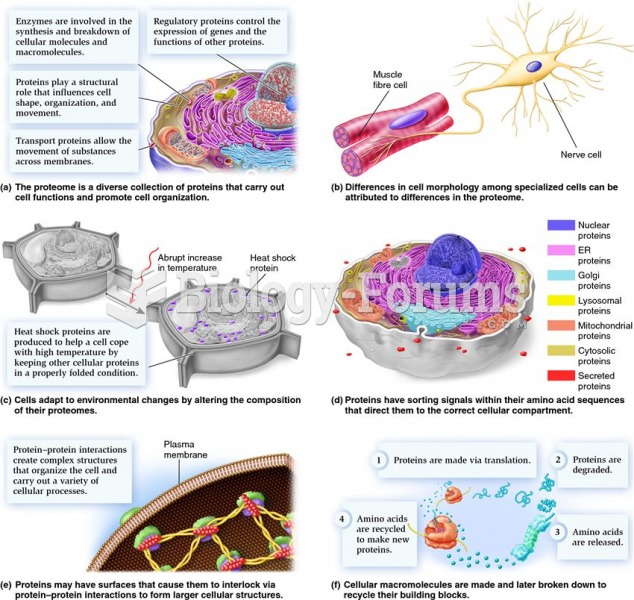Answer to Question 1
Answer: A
Explanation: A) Correct. Institutionalizing the vision is accomplished by turning students into teachers. Not just some students, and not just the charismatic or hardest workers. The organization should involve as many as possible.
B) Incorrect. Institutionalizing the vision is accomplished by turning students into teachers. Not just some students, and not just the charismatic or hardest workers. The organization should involve as many as possible.
C) Incorrect. Institutionalizing the vision is accomplished by turning students into teachers. Not just some students, and not just the charismatic or hardest workers. The organization should involve as many as possible.
D) Incorrect. Institutionalizing the vision is accomplished by turning students into teachers. Not just some students, and not just the charismatic or hardest workers. The organization should involve as many as possible.
Answer to Question 2
Answer: D
Explanation: A) Incorrect. Statement 1 is correct. When students are turned into teachers, they develop a teachable point of view. They can articulate the vision in their own words and are transformed from students into visionaries. Statement 2 is incorrect. Managers should develop human capital, not financial capital. Statement 3 is incorrect. Managers should identify metrics, measures, and milestones (not rules or guidelines).
B) Incorrect. Statement 1 is correct. When students are turned into teachers, they develop a teachable point of view. They can articulate the vision in their own words and are transformed from students into visionaries. Statement 2 is incorrect. Managers should develop human capital, not financial capital. Statement 3 is incorrect. Managers should identify metrics, measures, and milestones (not rules or guidelines).
C) Incorrect. Statement 1 is correct. When students are turned into teachers, they develop a teachable point of view. They can articulate the vision in their own words and are transformed from students into visionaries. Statement 2 is incorrect. Managers should develop human capital, not financial capital. Statement 3 is incorrect. Managers should identify metrics, measures, and milestones (not rules or guidelines).
D) Correct. Statement 1 is correct. When students are turned into teachers, they develop a teachable point of view. They can articulate the vision in their own words and are transformed from students into visionaries. Statement 2 is incorrect. Managers should develop human capital, not financial capital. Statement 3 is incorrect. Managers should identify metrics, measures, and milestones (not rules or guidelines).







